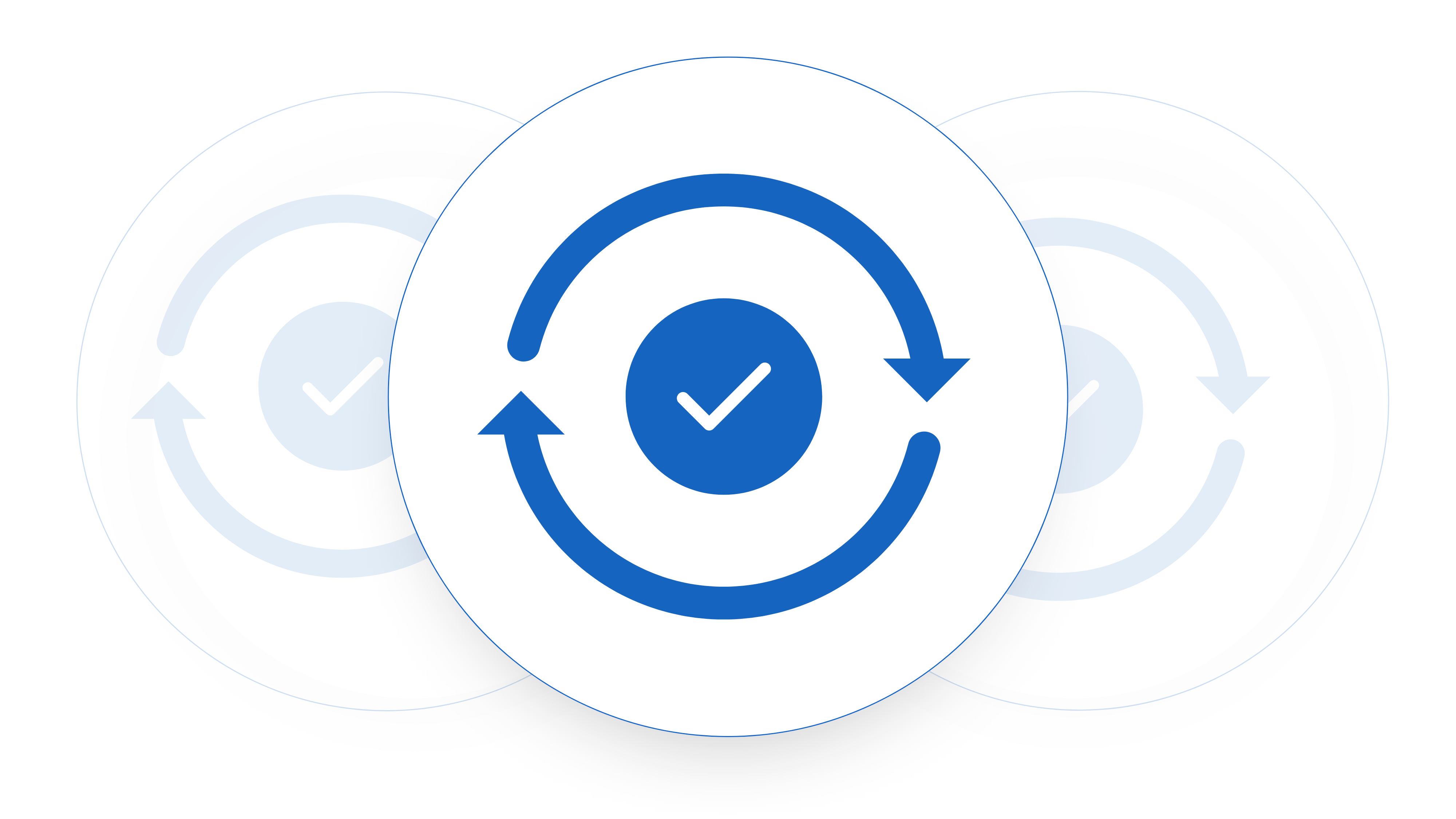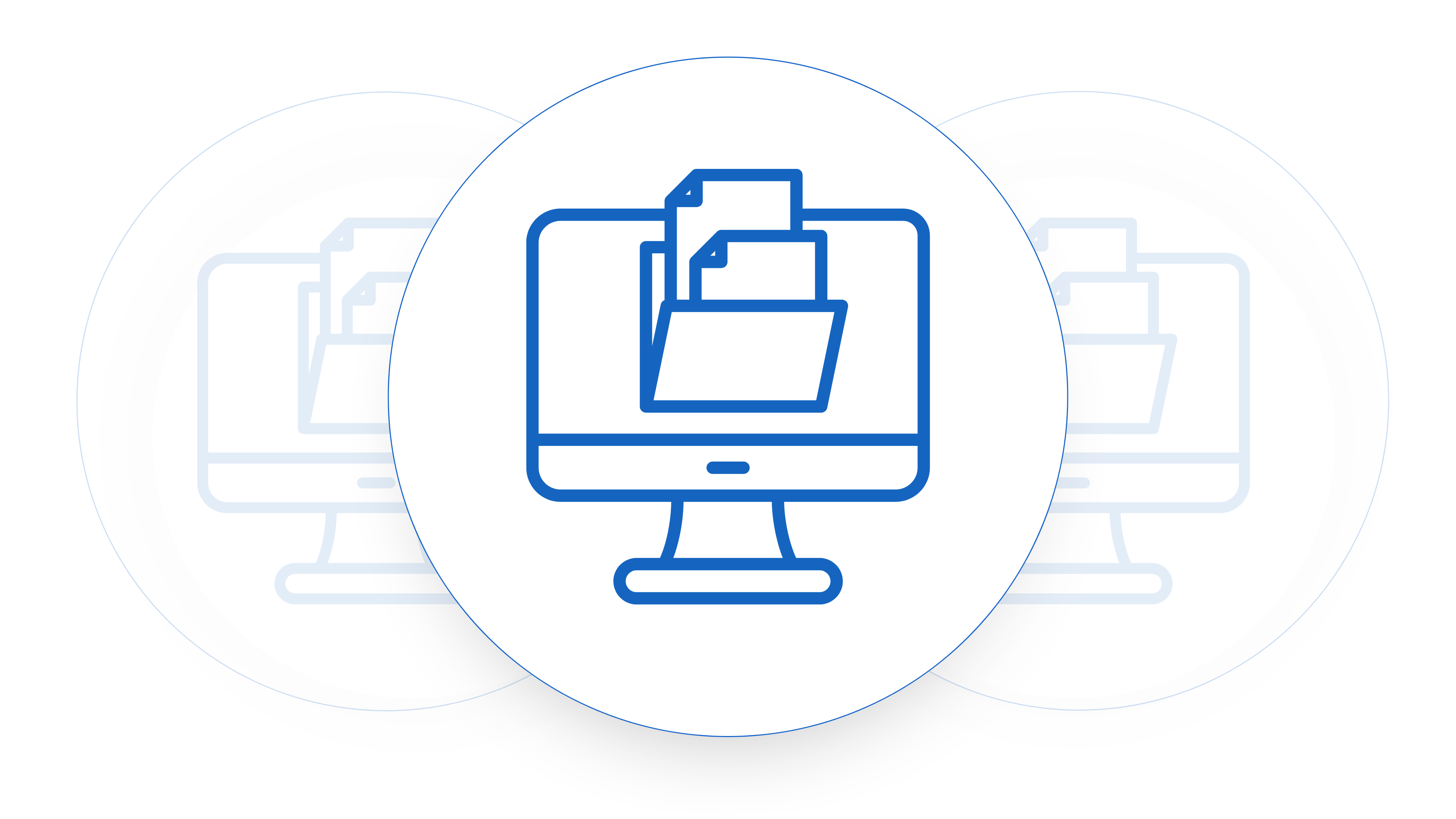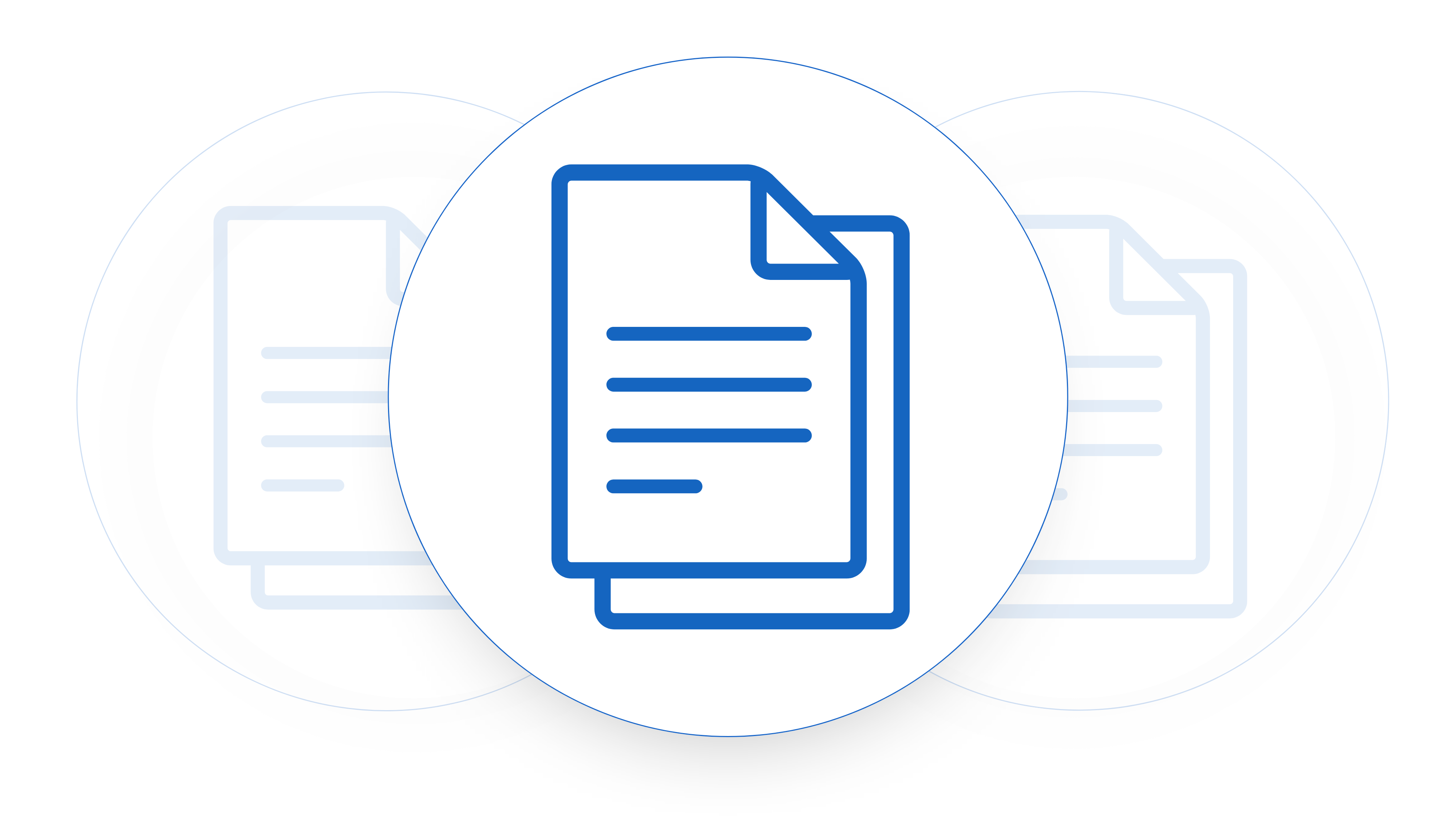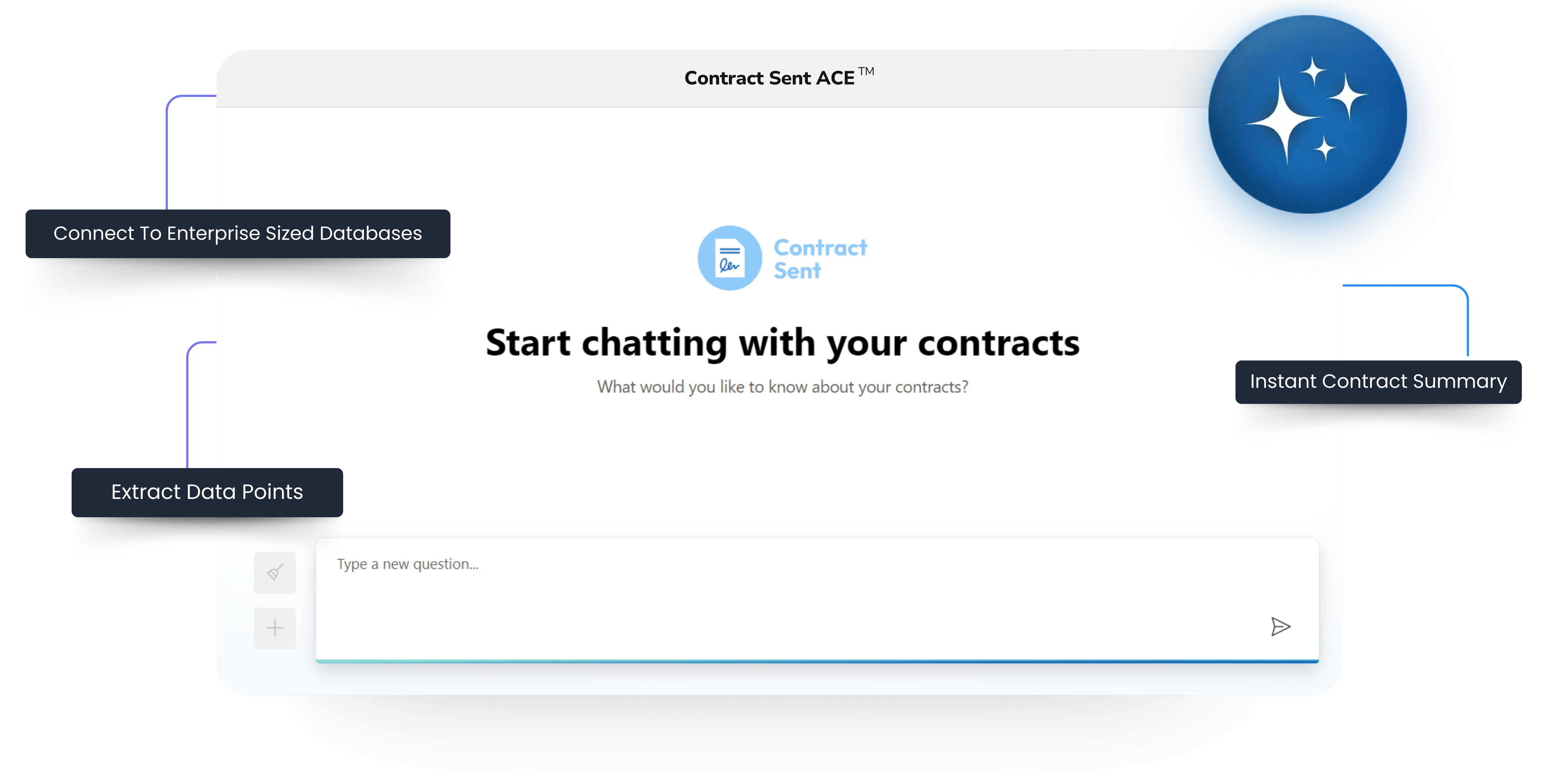In many small businesses a common question pops up often, that is – how to calculate a sales cycle? Understanding your sales cycle is like building out a roadmap for business’s ability to grow and scale. It’s the roadmap that guides your efforts towards take your inputs (cash and resources put into sales and marketing) and calculating the amount and speed of your outputs – sales and revenue. But how do you even begin to unravel the pieces of this pipeline? In this guide, we’ll take you through each step of the sales cycle so you can have a full understanding of what it is and how you can speed it up.
What is a Sales Cycle?
Before we jump into the nitty-gritty of crunching numbers, let’s take a moment to get a solid understanding of the concept of a sales cycle. Think of it as a roadmap (from start to finish) of a potential customer follows before hitting that “buy now” button. It’s like a journey, starting from when they first become aware of your product or service, to weighing their options, making the decision, and finally sealing the deal. Understanding these stages is key to mastering your sales game.
Step 1: Define Your Sales Cycle Stages
The first step in calculating your sales cycle is to define the stages of your sales process. This could include prospecting, qualifying leads, presenting solutions, negotiating, and closing deals. Each business may have its own unique stages based on its industry and target audience. A generally rule is that the starting point (or at least the measurable starting point) is the first interaction that the customer has with you where you capture something about them – their email address for a sign up for example. They may have interacted with your business well before this (visiting your website for example) but unless some detail is captured about them it’s unlikely you’ll be able to reliably track this.
Step 2: Determine the Starting Point
Identify the starting point of your sales cycle. This is usually when a lead first engages with your business, such as filling out a contact form, downloading a resource, or attending a webinar. This is usually when they hit your CRM or when a sales team member gets a notification to start working them as a lead.
Step 3: Track the Time
Next, you’ll need to track the time it takes for a lead to progress through each stage of your sales cycle. This can be done using a CRM (Customer Relationship Management) system or simple spreadsheets.
Step 4: Calculate the Average Sales Cycle Length
To calculate the average sales cycle length, add up the number of days it takes for leads to move through each stage of the sales cycle, then divide by the total number of leads. For example, if it takes 30 days for a lead to move from prospecting to closing, and you have 10 leads, the average sales cycle length would be 30 days.
Step 5: Analyze and Adjust
Once you have calculated your average sales cycle length, it’s time to analyze the data and identify areas for improvement. Are there any stages of the sales cycle where leads are getting stuck? Are there ways to streamline the process and shorten the sales cycle?
Redline What Matters
Raise Changes For Approval To Turnaround Contracts Faster
Tips for Shortening the Sales Cycle
- Improve Lead Qualification: When it comes to lead qualification, quality beats quantity every time. Instead of casting a wide net, focus on targeting leads that are more likely to convert. By identifying your ideal customer profile and understanding their pain points, you can tailor your approach and prioritize leads with the highest potential.
- Provide Value: In today’s competitive landscape, providing value is key to standing out from the crowd. Offer valuable content and resources that resonate with your target audience. Whether it’s informative blog posts, insightful webinars, or exclusive whitepapers, providing valuable content not only establishes your credibility but also helps prospects move through the sales cycle more quickly.
- Follow-Up Promptly: Time is of the essence when it comes to following up with leads. Don’t let leads go cold by delaying your response. Promptly follow up with them after initial contact, and continue to engage with them consistently throughout the sales process. Whether it’s through email, phone calls, or social media, maintaining regular communication keeps the momentum going and increases the likelihood of conversion.
- Offer Incentives: Sometimes, a little incentive can go a long way in sealing the deal. Consider offering incentives or discounts to encourage prospects to make a purchase sooner rather than later. Whether it’s a limited-time offer, a special discount code, or a free trial, incentives can create a sense of urgency and motivate prospects to take action. Just be sure to align your incentives with your value proposition and avoid devaluing your product or service.
- Focus on slow stages: There are often stages that stand out as places that your customers will get ‘stuck’. You need to both identify these stages and create methods to get them ‘unstuck’. This might be them getting stuck in the sales contracting stage or the demo stage, this will be very business specific.
Calculating your sales cycle is essential for optimizing your sales process and driving revenue growth. By defining your sales cycle stages, tracking the time it takes for leads to progress through each stage, and analyzing the data, you can identify areas for improvement and make informed decisions to shorten the sales cycle. With these tips in mind, you’ll be well on your way to getting your sales cycle calculation sorted and getting stuck into reducing it so you go from lead to sale faster and faster.











